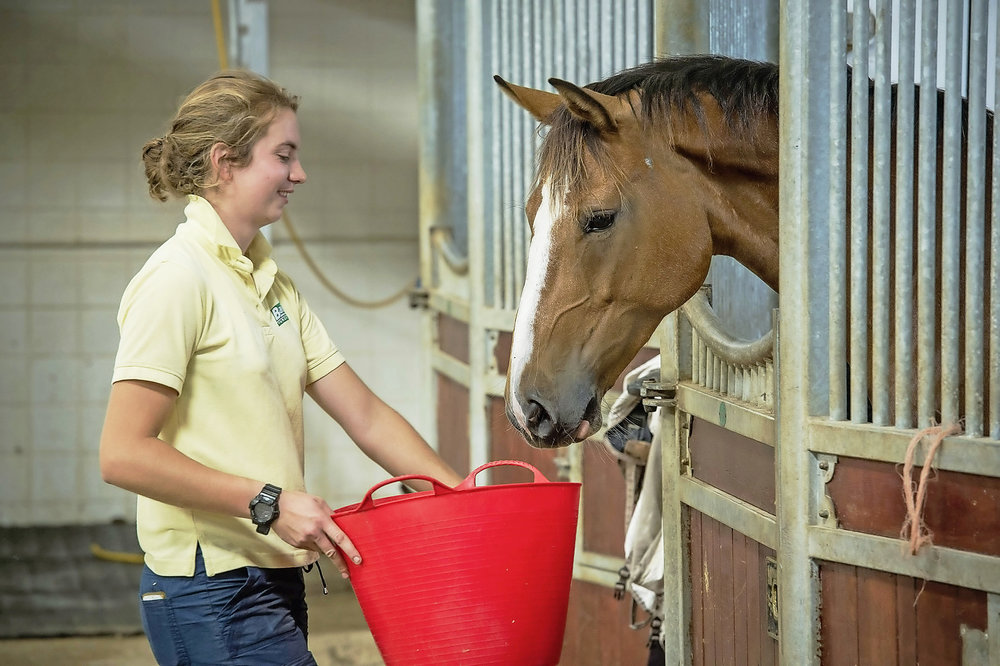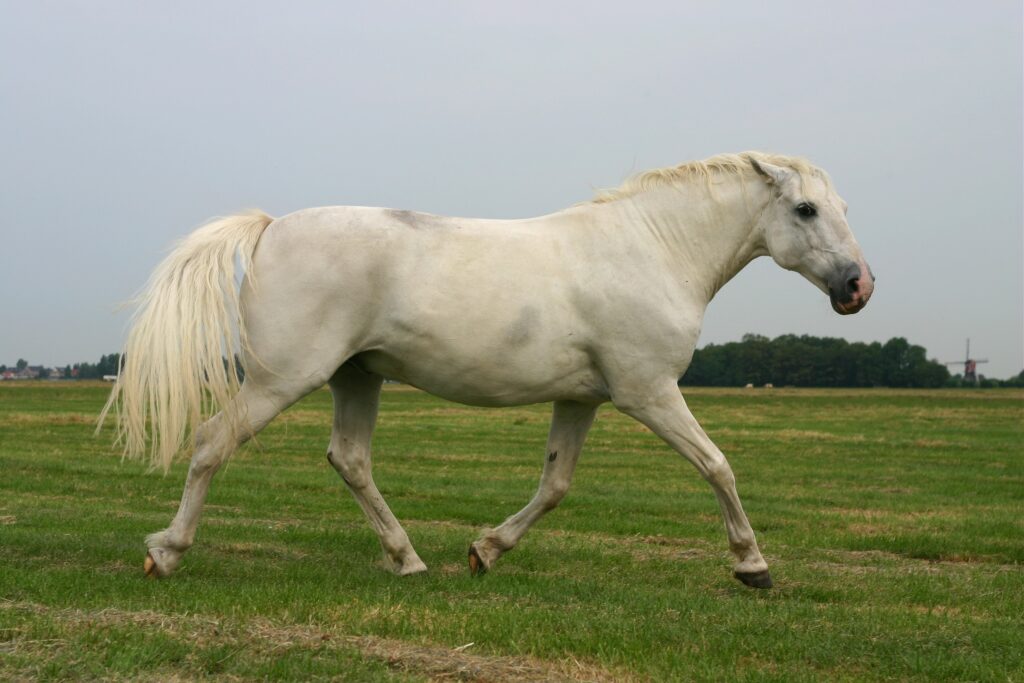When it comes to ensuring the health and well-being of your horse, providing a balanced diet is crucial. Many horse owners are turning to slow hay feeders as a vital component of their feeding strategy. These innovative tools are designed to promote better digestion and prevent common feeding-related issues. In this article, we’ll explore the benefits and considerations of using slow hay feeders for your equine companions.

What Are Slow Hay Feeders?
Slow hay feeders are specially designed feeding devices that regulate the amount of hay a horse can consume at one time. By slowing down the eating process, these feeders mimic natural grazing patterns, which is beneficial for a horse’s digestion and overall health. You can learn more about feeding strategies at feeding schedule for stable horses.
Benefits of Using Slow Hay Feeders
Improved Digestion
One of the most significant benefits of slow hay feeders is improved digestion. Horses have a unique digestive system that is designed for continuous grazing. By slowing down their hay consumption, these feeders help prevent digestive issues like colic and ulcers. For more on this topic, check out how to address nutrient deficiencies in horses.
Weight Management
Horses that eat too quickly can often become overweight. Slow hay feeders help regulate the amount of food intake, thereby assisting in maintaining a healthy weight. This is particularly important for horses with metabolic issues, which you can read more about in our article on feeding horses with metabolic issues.
Reduced Boredom
Horses are naturally inclined to graze for hours each day. By stretching out their eating time, slow hay feeders help reduce boredom and associated behaviors such as cribbing or chewing.
Types of Slow Hay Feeders
Net Feeders
Net feeders are one of the most common types of slow hay feeders. They consist of nets with small openings that make it difficult for the horse to grab large amounts of hay at once.
Box Feeders
Box feeders are enclosed containers with openings that allow the horse to pull out small amounts of hay. They are sturdy and can be used both in stalls and pastures.
Wall-Mounted Feeders
These feeders are attached directly to the wall of the stall. They allow for easy access but still control the rate at which hay is consumed.
Considerations When Choosing a Slow Hay Feeder
Material
Consider the material of the feeder. It should be sturdy enough to withstand the horse’s attempts to pull hay out but safe enough to prevent injury.
Size
Choose a size that is appropriate for your horse. Larger horses may require larger feeders to accommodate their dietary needs.
Ease of Use
Ensure the feeder is easy to refill and clean. This will save you time and effort in the long run.
How to Introduce Slow Hay Feeders to Your Horse
Introducing a slow hay feeder should be a gradual process. Start by placing a small amount of hay in the feeder and allowing your horse to get used to the new way of eating. Gradually increase the amount over time.
Common Mistakes to Avoid
Overfilling the Feeder
Avoid overfilling the feeder, as this can defeat the purpose of slowing down the eating process.
Choosing the Wrong Type
Make sure to choose a feeder that suits your horse’s specific needs and habits.
Conclusion
Incorporating slow hay feeders into your horse’s feeding routine can offer numerous benefits, from improved digestion to better weight management. For more information on horse nutrition, visit our article on top horse feed brands.

Frequently Asked Questions
Are slow hay feeders suitable for all horses?
Yes, these feeders are generally suitable for most horses, but it’s always best to consult with a veterinarian for specific dietary needs.
How often should I refill the slow hay feeder?
Refill schedules can vary, but generally, you should check the feeder daily to ensure your horse has a consistent supply of hay.
Can I use a slow hay feeder in a pasture?
Yes, many slow hay feeders are designed for outdoor use and can be placed in pastures.
This article contains affiliate links. We may earn a commission at no extra cost to you.







